Between the Little Dolomites and Mount Pasubio, Val Leogra with its colors and ancient places is a valley positioned in the province of Vicenza, on the border with Trentino. Its main characteristic is a landscape that features hills and forests with historical-naturalistic routes, such as the Water Route and its scenic trail. The territory of the valley, is also famous for its industrial tradition that has its roots in the era of the textile revolution of the 19th century. At that time, the city of Schio, became the hub of textile production, as evidenced by the structures of the Upper Factory, the Monument to the Weaver and the Jaquard Garden which owes its name to the French inventor of the Jaquard loom, earning it the nickname Manchester of Italy. The Leogra Valley also features a number of hiking trails that attract visitors who love history, nature and hiking and mountaineering enthusiasts, such as those on Mount Pasubio. The trails in the valley pass through picturesque landscapes and offer panoramic views of the surrounding mountains. In addition, the valley has a vast archaeological and cultural heritage, with historic churches such as the cathedral of San Pietro in the city of Schio and ancient villages that preserve traditions and architecture typical of the region. The ancient Venetian-style Sawmill in the Seghetta district is a clear example. If you have only just learned about Val Leogra, we have selected for you ten places to appreciate and admire it. Here are what they are.
The Museum of Rural Civ ilization is located in Malo and was established in 1976. Through the material legacies that citizens donated to the museum as exhibits machinery, the space represents the complex history of the rural world, the citizens of the area, objects and traditions. Its interior houses more than 1,200 objects including tools and machinery. The exhibition space allows visitors to understand the various steps of winemaking, distillation or the creation of everyday objects. Through the machinery present, it is also possible to understand the methods of growing and processing grains as well as understanding other activities such as shoemaking, spinning, weaving and baking.
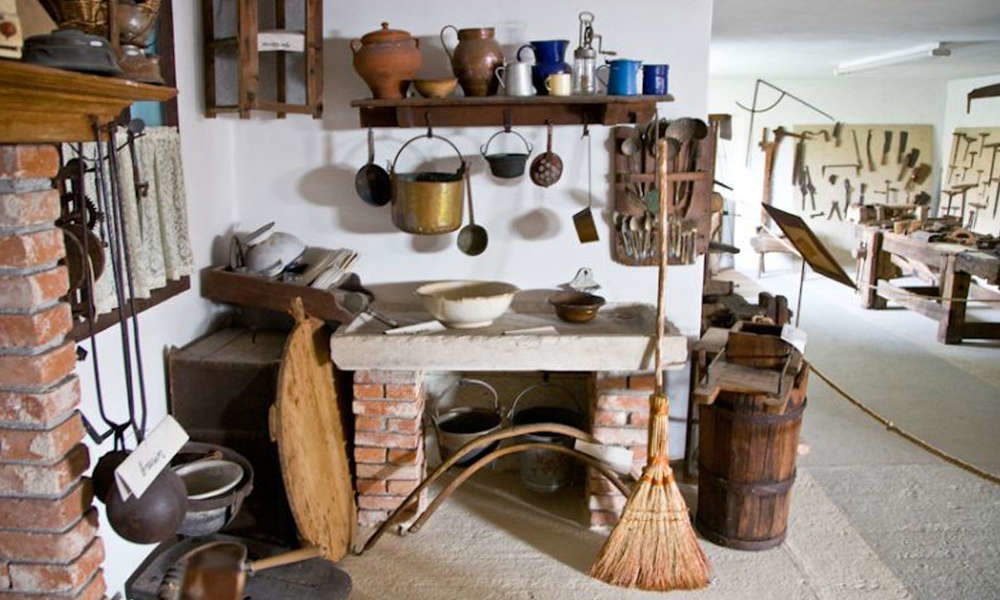
The Water Route in the Leogra Valley is nature walk that runs along the Leogra River and presents visitors with natural landscapes surrounded by greenery in the company of the relaxing sound of water. Following the indicated route, it is possible to arrive in two hours at different districts that characterize the area, such as Seghetta, Chiumenti and Bariola. There is also no shortage of historic structures in these places, such as the old Venetian-style Sawmill.
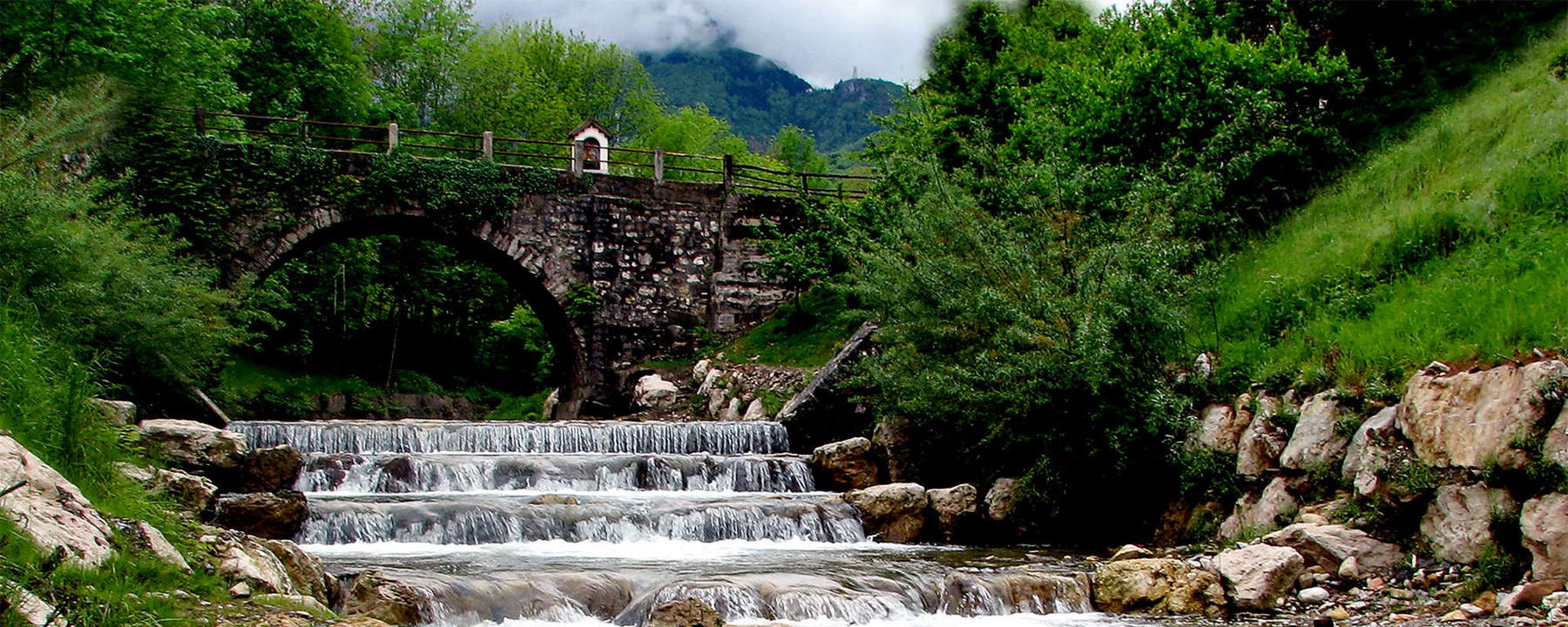
The Miola’s Venetian Sawmill, located in Seghetta, dates back to the 18th century. It is a log-cutting plant that uses the energy of water according to an ancient model by Leonardo da Vinci. To this day the sawmill is still in operation, but it ceased commercial operation in 1969. It is kept operational thanks to the family of Giuliano Miola, who has owned it for more than 150 years, and it is located along the Via dell’Acqua, a historical-naturalistic route made up of hikes through the woods and in the districts. To this day it is used for tourist and educational visits.
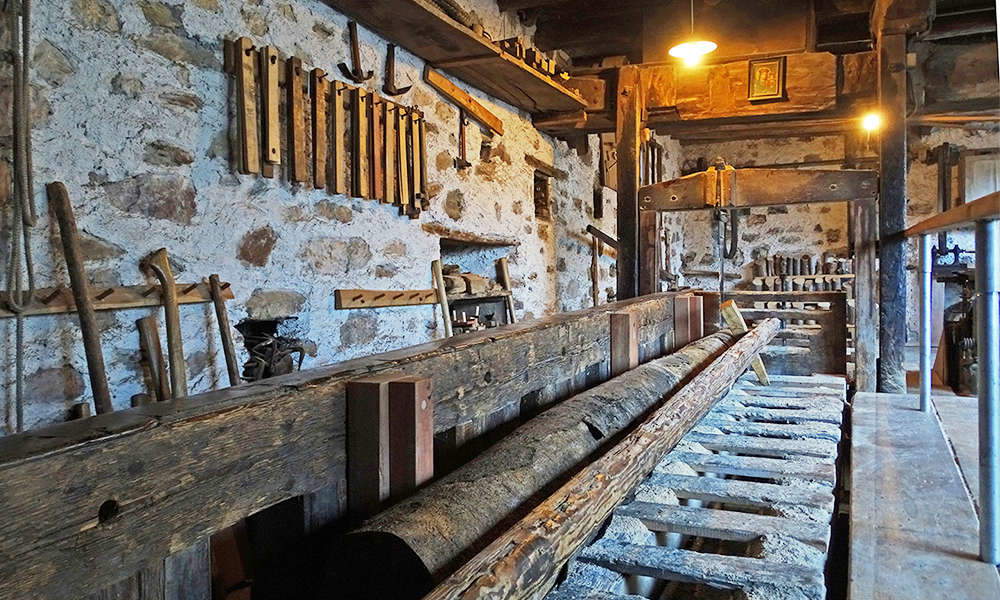
The Val Leogra Panoramic Trail is among the most striking and exciting of the trails in the municipality of Torrebelvicino. Traditionally, on the occasion of the San Lorenzo Festival held at the end of July, the trail is walked by citizens at the end of the summer month. Shrouded by nature, its strategic location allows good sun exposure throughout the year, and this allows wonderful panoramic views of the Upper Leogra Valley, the Pasubio valleys, and the Little Dolomites.

The Mount Pasubio massif is positioned between two large depressions and is known for its importance during World War I and for its naturalistic aspects. The upper part of the mountain is considered sacred because of the fighting that took place in the Great War between the Italian army and the Austro-Hungarian Empire, and to this day the mountain is home to theRoman Arch and the Sette Croci Church inaugurated in 1961. Pasubio also features several high-difficulty climbing routes, making it the perfect destination for hikers and mountaineers.
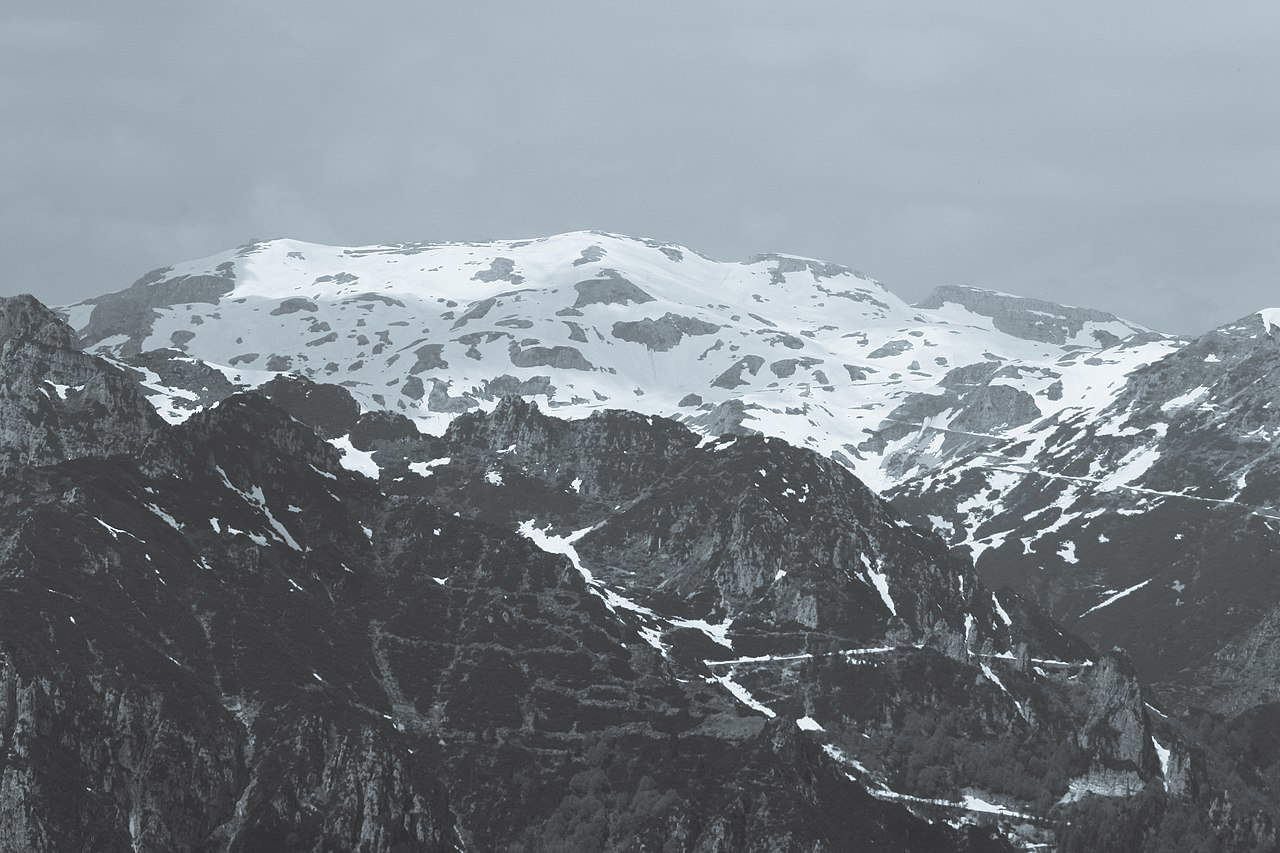
The Pian delle Fugazze is an alpine crossing, connecting the Leogra valley with Vallarsa. The origin of its name is uncertain: some claim that it comes from the Latin focacea (flatbread), linking it to nearby Mount Baffelan, while others argue that it comes from focus (fire), in suggestion to the presence in the past of a signal tower. Pian delle Fugazze is also famous for its pastures and often serves as a starting point for hikes. From its pass it is possible to reach, on foot or by mountain bike, the Achille Papa refuge, located on the Heroes’ Road.
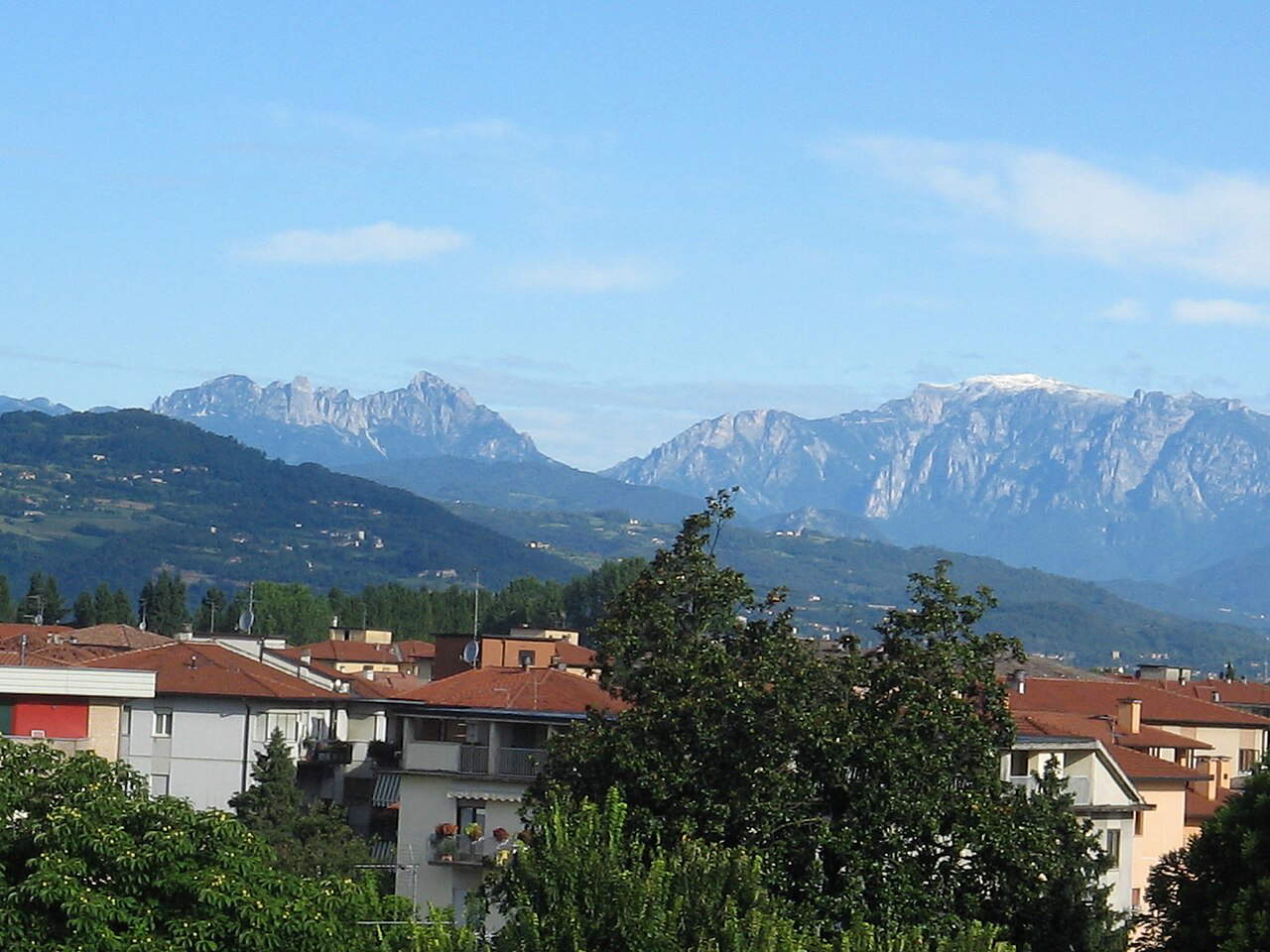
The town of Schio is nestled in a landscape of hills and surrounded by the Little Dolomites. Inhabited since prehistoric times, the town features historic buildings such as the Cathedral of San Pietro, the church of San Francesco surrounded by greenery, and the city’s Civic Theater, which presents cultural and social initiatives for its citizens every year. Its heritage, however, includes not only historical and artistic buildings, but also offers buildings of industrial archaeology, which includes well-known structures such as the Fabbrica Alta, the Conte Woolen Mill, and the Weaver Monument, testifying to Schio’s past dedicated to textile production.

The Cathedral of San Pietro in Schio was originally part of the Pieve di Pievebelvicino, mother church of the Leogra Valley and the main church in the valley. Currently, the sanctuary has two bell towers and a pronaos built between 1805 and 1820 by Carlo Barrera according to a design by Antonio Diedo, inspired by Palladio ’s small temple in Maser. In the 19th century, industrial expansion and population growth, supported by Alessandro Rossi, led to the expansion of the church with two naves between 1877 and 1879.

The Jacquard Garden is a late Romanesque garden located in front of the old Francesco Rossi Woolen Mill in the city of Schio, the design of which was entrusted to architect Antonio Caregaro Negrin, a collaborator of politician and businessman Alessandro Rossi. In the past, the area was used for facilities such as dryers and wool clotheslines and housed the Jacquard Weaving Mill, which took its name from the connected theater dedicated to the French inventor of the Jaquard loom, Joseph-Marie Jacquard. Its special feature? In the past, the Jaquard loom made it possible to create among the most intricate designs on fabrics.
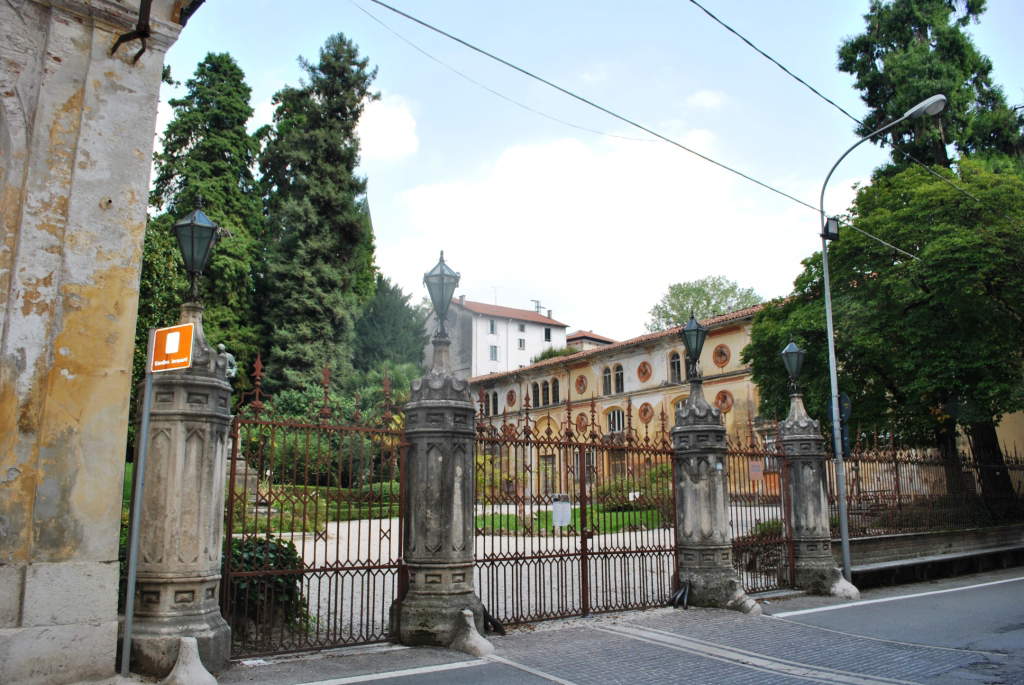
The Weaver Monument in Schio is a sculpture created by Giulio Monteverde in 1879 and is located between the Cathedral of St. Peter the Apostle and the Alessandro Rossi Square. The statue depicts a weaver, nicknamed l’Omo, carrying an innovative loom tool (a shuttle) in his hands and represents the memory of the work of workers in the textile industry. Initially, the work was placed at the crossroads of Pietro Maraschin and Alessandro Rossi avenues, but it was not until 1945 that it was moved to the present square. To this day, the monument, combined with the Fabbrica Alta, is a key symbol of the city of Schio.

 |
| Leogra Valley, what to see: 10 places to discover |
Warning: the translation into English of the original Italian article was created using automatic tools. We undertake to review all articles, but we do not guarantee the total absence of inaccuracies in the translation due to the program. You can find the original by clicking on the ITA button. If you find any mistake,please contact us.